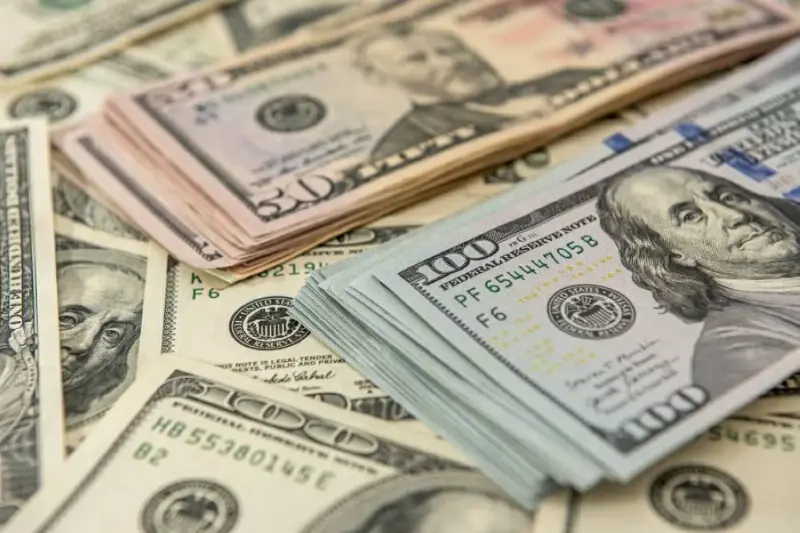The US dollar hovered near its lowest level in two weeks on Friday, heading for its largest weekly loss in a month.
The decline comes amid ongoing tariff negotiations and rising anticipation around next week’s central bank meetings.
Both the Federal Reserve and the Bank of Japan are expected to maintain interest rates, but traders are closely watching post-meeting statements that could reveal the timing of the next moves in monetary policy.
Spotlight on the Bank of Japan
Carol Kong, currency strategist at the Commonwealth Bank of Australia, noted that the Bank of Japan’s meeting will be closely monitored for signals on a potential rate hike.
Market expectations have risen after a trade deal with the U.S. lowered tariffs on Japanese car imports to 15%.
The Japanese yen strengthened to 147.10 per dollar, heading for a weekly gain of 1%—its strongest showing since mid-May.
Rate Hike Expectations in Japan
A recent Reuters survey showed most economists expect the Bank of Japan to raise rates by 25 basis points before the end of the year, further boosting the yen’s momentum.
US Dollar Index in Retreat
The US Dollar Index, which tracks the greenback against six major currencies, fell to 97.448, marking a 1% weekly loss—its weakest performance in a month.
ECB Holds Steady at 2%
The European Central Bank kept interest rates unchanged at 2% on Thursday, ending a year-long easing cycle while awaiting clearer signals on trade relations with the U.S. The European Commission announced that a negotiated solution appears likely ahead of the August 1 deadline.
The euro was steady at $1.1754, near its peak of $1.183 earlier in the month—its highest in nearly four years.
The euro has gained 13.5% since the beginning of the year, boosted by tariff policies that have weakened the US dollar.
Trump’s Surprise Visit to the Fed
In an unusual move, President Donald Trump visited the Federal Reserve headquarters on Thursday, criticizing renovation costs for two historic buildings and once again calling for rate cuts.
Markets largely shrugged off the visit, used to his repeated critiques of Fed Chair Jerome Powell.
The Fed is widely expected to keep its benchmark rate between 4.25% and 4.50%, with market projections suggesting a 43-basis-point cut by year-end 2025.
Analysts at ANZ anticipate two 25-basis-point cuts—one in September and another in December—emphasizing that the reduction would have started earlier if not for tariff uncertainty.


